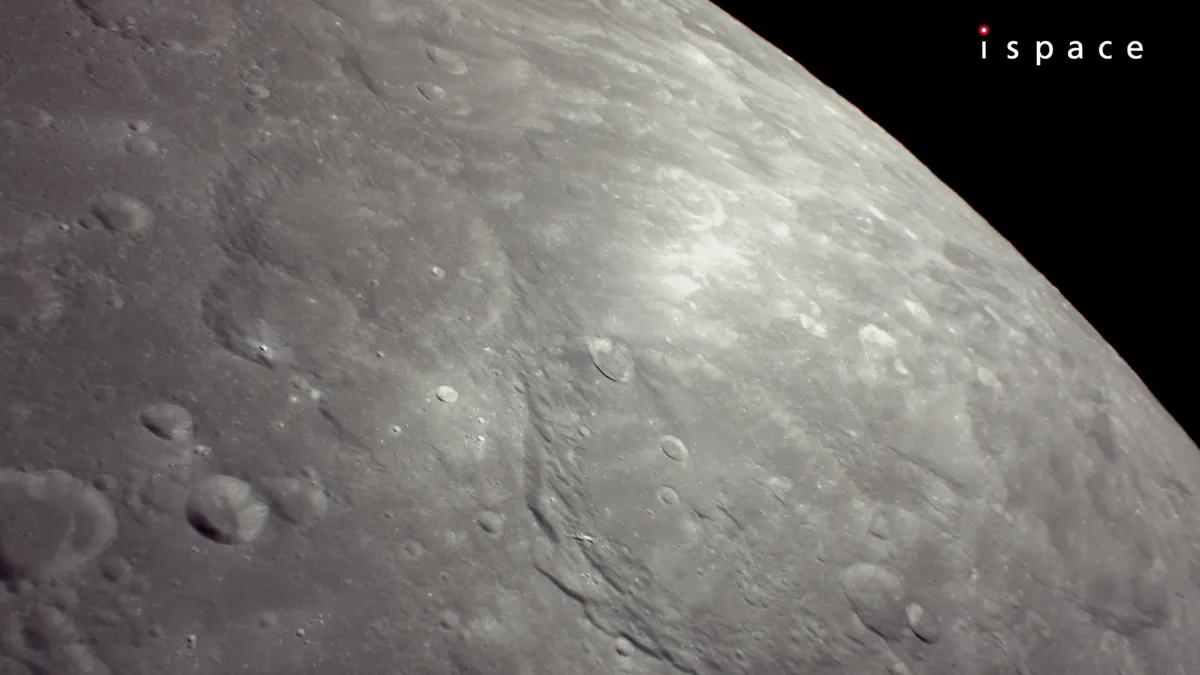
The Japanese company ispace is on the brink of making history with an ambitious moon landing this week. The company’s Resilience lunar lander is scheduled to attempt a landing in the Mare Frigoris, also known as the Sea of Cold, a basalt plain located in the northern hemisphere of the moon. This monumental event is set for Thursday, June 5, at 3:24 p.m. EDT (1924 GMT). Enthusiasts and space aficionados can catch the excitement live on ispace's YouTube channel, with coverage starting about an hour before the anticipated landing.
Should the landing succeed, it would mark a significant achievement not only for ispace but also for Japan, which currently has only one successful soft lunar landing recorded—last year's mission by the Japan Aerospace Exploration Agency’s SLIM spacecraft. This success would also represent a crucial milestone for the burgeoning field of commercial spaceflight, which increasingly aims to explore and utilize lunar resources.
The Resilience lunar lander is ispace's second attempt at a lunar landing. Its predecessor successfully reached lunar orbit but faced challenges during its landing attempt in April 2023. If Resilience accomplishes its mission on June 5, it plans to deploy a small rover named Tenacious and operate a variety of scientific instruments on the moon's surface, contributing valuable data to ongoing lunar research.
The Resilience lander was launched aboard a SpaceX Falcon 9 rocket on January 15, alongside another private lunar lander, Firefly Aerospace's Blue Ghost, which successfully landed on March 2. Unlike Blue Ghost, Resilience took a more intricate route to the moon, completing a brief Earth orbit phase followed by a lunar flyby and deep-space maneuvers. This complex trajectory was designed to be fuel-efficient, utilizing gravitational forces to optimize its path.
Resilience successfully entered lunar orbit on May 6. Following this, on May 28, the lander executed an essential orbital control maneuver, which involved a 10-minute engine burn that circularized its orbit approximately 62 miles (100 kilometers) above the moon’s surface. According to ispace, their engineers are diligently analyzing the results of this maneuver to ensure the spacecraft adheres to its intended trajectory.
In the days leading up to the landing, ispace engineers remain vigilant, potentially planning a small orbital trim maneuver to fine-tune the lander's course. Prior to this latest adjustment, Resilience captured a breathtaking image of the lunar surface, revealing the moon’s numerous craters and intricate topography. Currently traveling at an impressive speed of approximately 3,600 mph (5,800 kph), Resilience completes a lap around the moon every two hours, gearing up for its historic landing attempt later this week.